
KM3:Excursions on Capacities
¥ 150 九品
库存2件
作者MVRDV
出版社Actar
出版时间2005
装帧精装
货号14
上书时间2023-05-05
- 最新上架
商品详情
- 品相描述:九品
图书标准信息
- 作者 MVRDV
- 出版社 Actar
- 出版时间 2005
- ISBN 9788495951854
- 装帧 精装
- 开本 其他
- 纸张 其他
- 【内容简介】
- From a converted printing house in Rotterdam and the experimental minds therein that brought you the Pig City project (an analysis of the pork industry's manufacturing conditions) comes KM3, another contribution from the iconoclastic idea lab and archi
- 【作者简介】
- From a converted printing house in Rotterdam and the experimental minds therein that brought you the Pig City project (an analysis of the pork industry's manufacturing conditions) comes KM3, another contribution from the iconoclastic idea lab and architecture firm MVRDV. The office, which for more than a decade has been studying density as it relates to contemporary life and architecture, bases its theories for the uses of space on complexly crunched data. Classic projects include the gravity-defying WoZoCo home for the eldery in Amsterdam, the headquarters for public broadcasting company VPRO in Hilversum, the Dutch pavilion for World Expo 2000 in Hanover, and the Housing Silo in Amsterdam. The firm's buildings overthrow the primacy of an architectural "footprint" for more innovative and varied spatial paradigms. A follow-up to the publication of FARMAX, which sought to question and analyze the growing suburban "greyness" of the Netherlands and to propose new ways of thinking about the homogenization of landscape, KM3 extends that idea to a three-dimensional model, one that "generates space instead of consuming it" and encourages variety in form. The book explores three different strategies each in Rotterdam and Amsterdam on their spatial and technical capacity for creating a "3D city," one of cantilevers and underground connections, airiness and, most of all, diverse spaces. This is thinking at the forefront of a new urbanism. Hardcover, 6 x 8.25 in./1200 pgs / Illustrated throughout.
相关推荐
-

KM3:Excursions on Capacities
九品北京
¥ 162.30
-

KM3:Excursions on Capacities
九五品常州
¥ 68.00
-
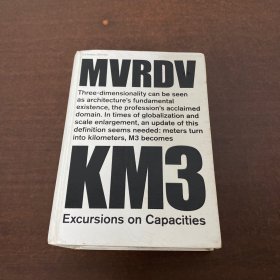
KM3:Excursions on Capacities
八五品北京
¥ 60.00
-
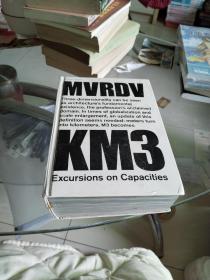
KM3:Excursions on Capacities
八五品重庆
¥ 90.00
-

KM3:Excursions on Capacities
八五品南京
¥ 150.00
-

KM3:Excursions on Capacities
九品北京
¥ 150.00
-

KM3:Excursions on Capacities
八品上海
¥ 150.00
-
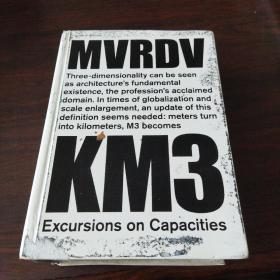
KM3:Excursions on Capacities
八五品上海
¥ 320.00
-
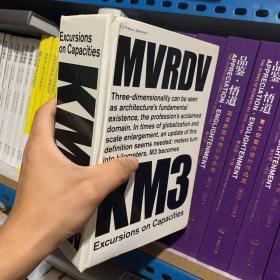
KM3:Excursions on Capacities
九五品北京
¥ 880.00
-
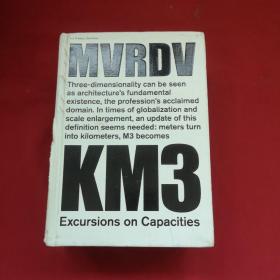
MVRDV KM3:Excursions on Capacities
九品北京
¥ 300.00
— 没有更多了 —










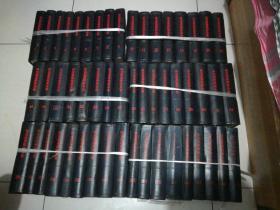



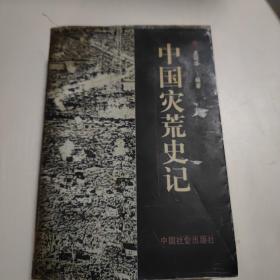
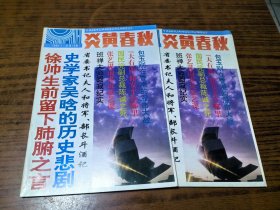


以下为对购买帮助不大的评价